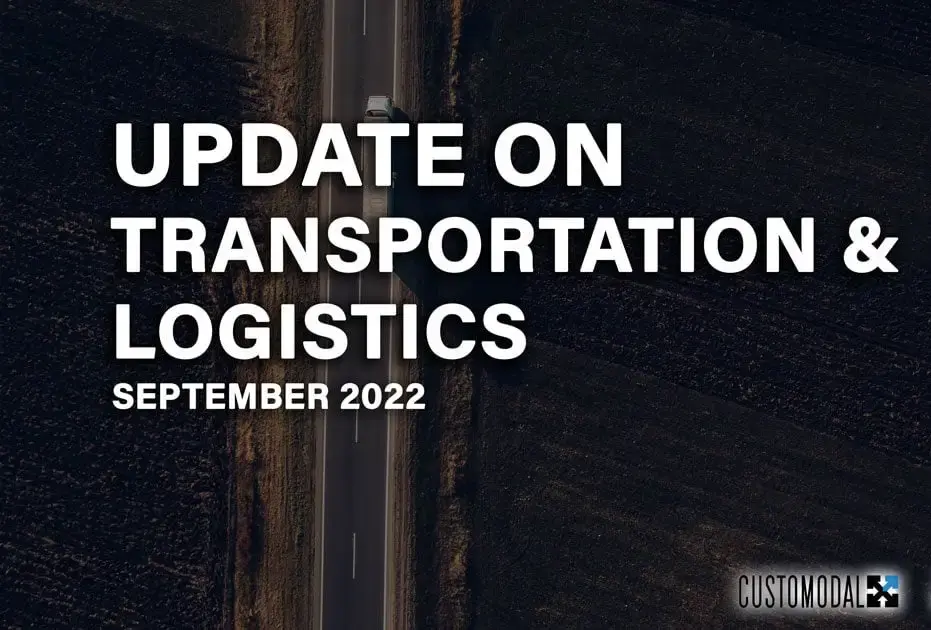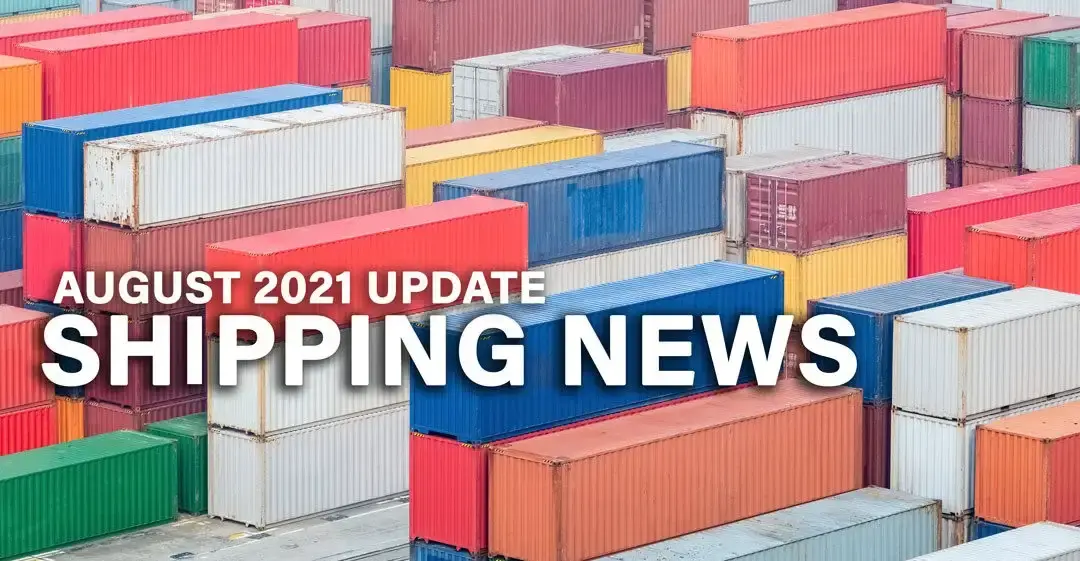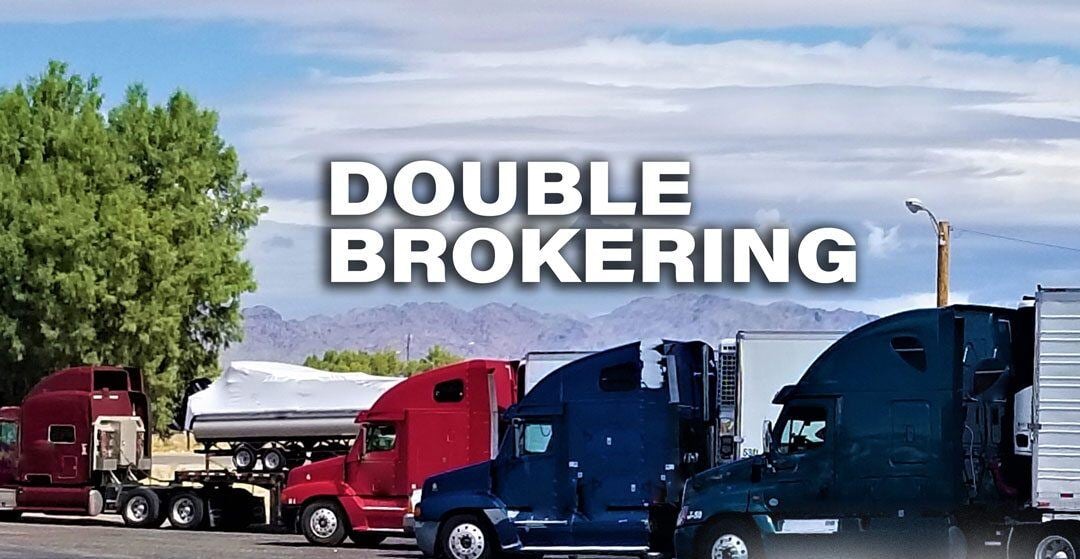
Our traditional end-of-summer, Labor Day, back-to-school crescendo seemed to come and go almost without notice this year. As we continue to move from Covid as a pandemic to Covid as just another daily challenge to navigate, the sheer normality of something so mundane as kids returning to school without talk of masks or distance learning was refreshing.
But while daily life is much more normal; there continue to be big rumblings in our economy, transportation systems, and supply chains.
As predicted early-on in the Covid pandemic, wild variations in demand paired with wild variations in production caused by shut-downs and labor shortages would produce a supply chain bullwhip. The gist of a supply chain bullwhip is that a timing mismatch between demand and supply results in increasing oscillations between stock-outs and excess inventory. Certainly this has occurred in industry after industry this last couple years.
As conflicting signals continued we saw prices rise for items in demand being chased by all the excess cash injected into the system by governments seeking to blunt the effects of shut-downs on households. Then, Russia invaded Ukraine and sent both energy and food markets reeling again.
Conflicting signals abound all over….manufacturing growth, slowing supplier deliveries, persistent inflation expectations and a stock market that isn’t sure if the Federal Reserve has to stomach to precipitate a recession.
And on the short-term horizon, we see potential for a rail union strike (as early as Friday), West Coast Longshoremen working without contract and on the verge of striking, federal passage of President Biden’s Infrastructure Investment and Jobs Act, and Gov Newsom of California signing AB257 which could raise wages of fast-food workers in the state to $22/hour next year – on top of implementation of AB5 which regulates “gig” workers including independent contractors in trucking. In other words….the “hits” just keep coming.
What does it all mean for transportation and logistics as we look forward?
First off, I’m optimistic a rail strike will be avoided. And assuming that scenario:
Ground (Parcel, LTL, and Truckload) – Initially the number of new trucking company formations indicated the industry was drawing new operators as historic capacity shortages led to spiking prices.
We are now beginning to see a significant portion of these new operators were company drivers who struck out on their own because of the rates and “easy pickings”. As rates crested earlier this year and capacity began to ease a number of these new operators are finding themselves unprofitable. We expect rates and capacity to continue to ease in the full truckload segment through EOY, even with the holiday demand peak. LTL carriers have improved their networks, but still suffer labor and capacity shortages. At best, we expect to see minimal GRI’s (general rate increases) with the start of 2023 if not some rollbacks of pandemic increases or surcharges. On the other hand, the small-package operators have all the pricing power they want and will continue to flex it into 2023.
Air – Air rates have declined during 2021; but remain above average. As ocean capacity has improved shifting demand from air the rates have come down accordingly and will continue to do so barring any other systemic disruption.
Ocean – Ocean rates are down approximately 45% from a year ago after spiking at the start of Covid. Still well above norm, the industry has consolidated over the last couple years using the Covid generated profits. And maritime operators have installed better demand response to maintain higher price margins going forward. Small volume ocean shippers (<500 containers/year) will continue to be held hostage to above average rates short of a global recession.
Transportation and Logistics can be complex. And strategies for managing the proper logistics cost to ensure your company’s marketing promise is met involve much more than freight rates. Work with a 3PL like Customodal, able to understand the needs from the perspective of each of your businesses functional areas and sitting with you on the same side of the table in crafting tactics to ensure the right delivery is made at the right time and cost.
Mike Eberl, CEO


